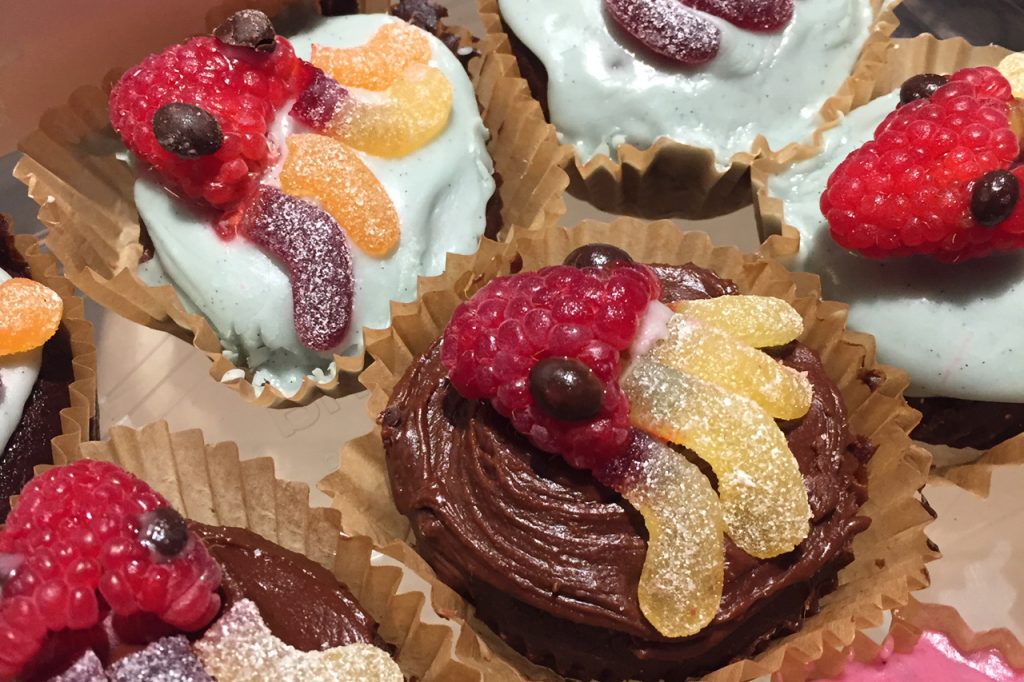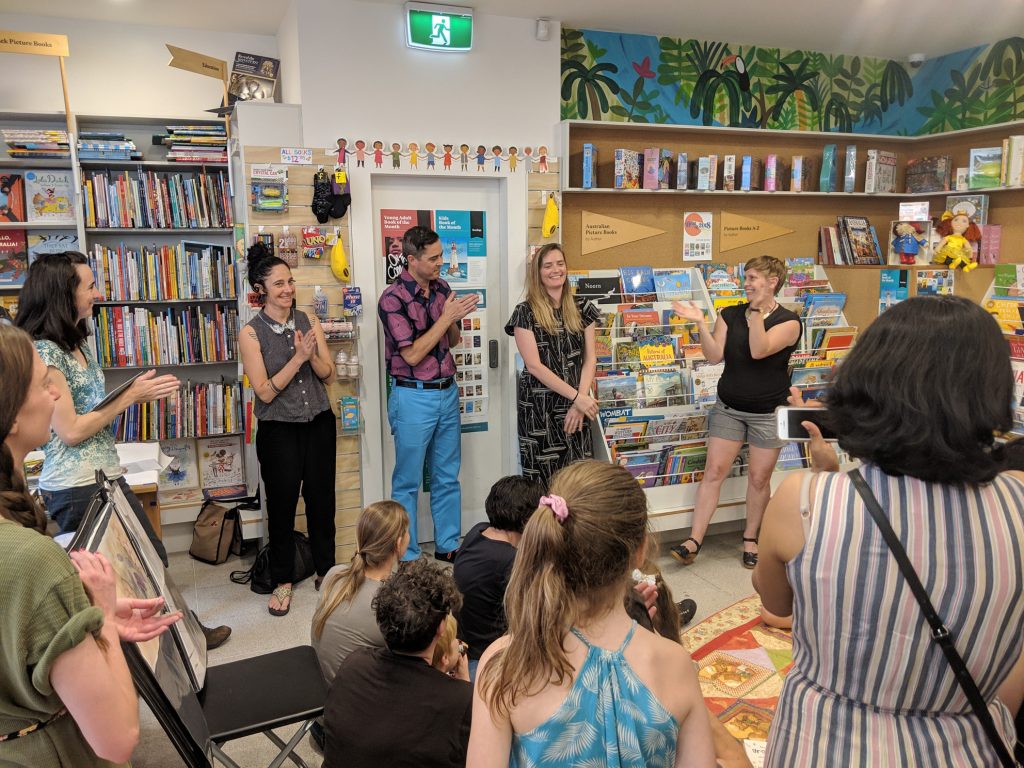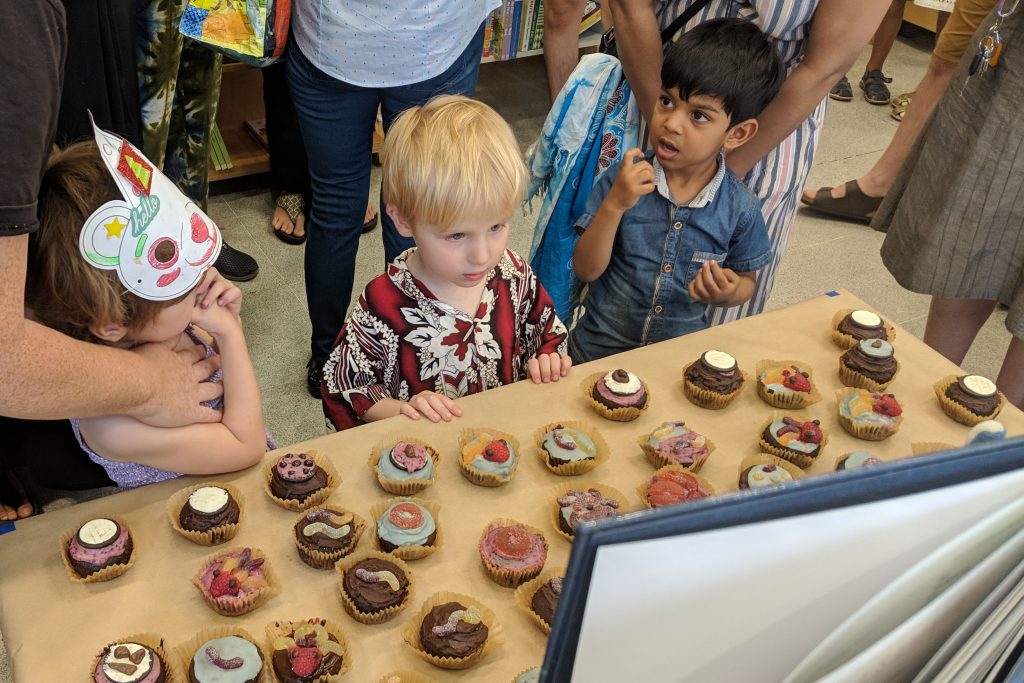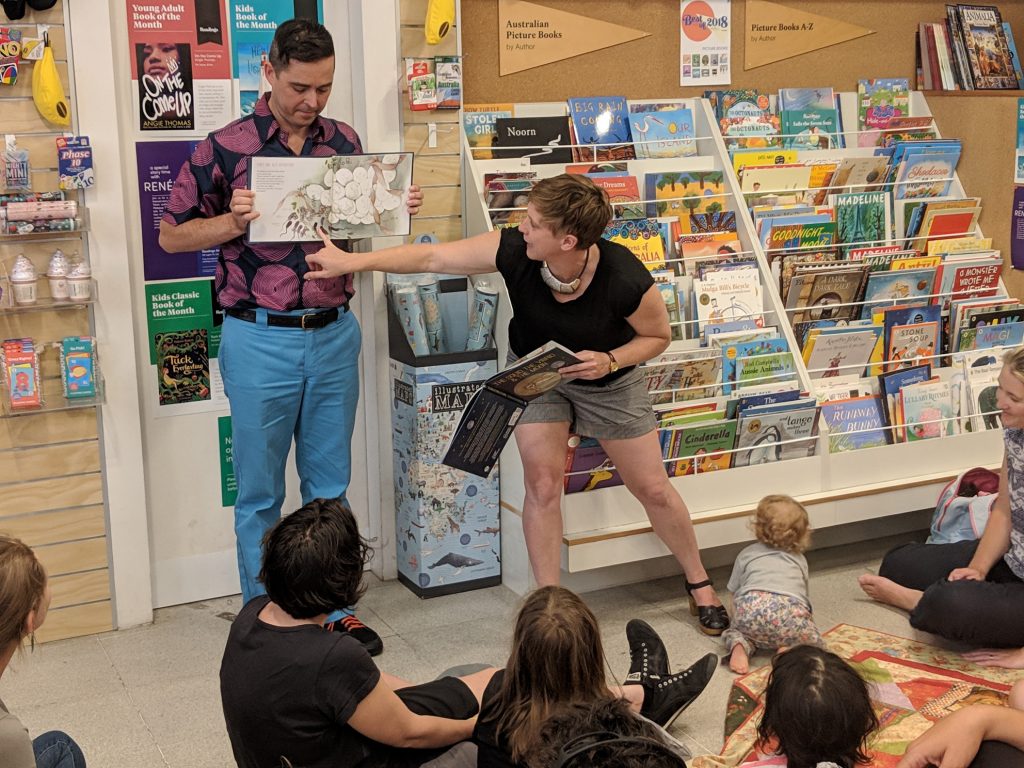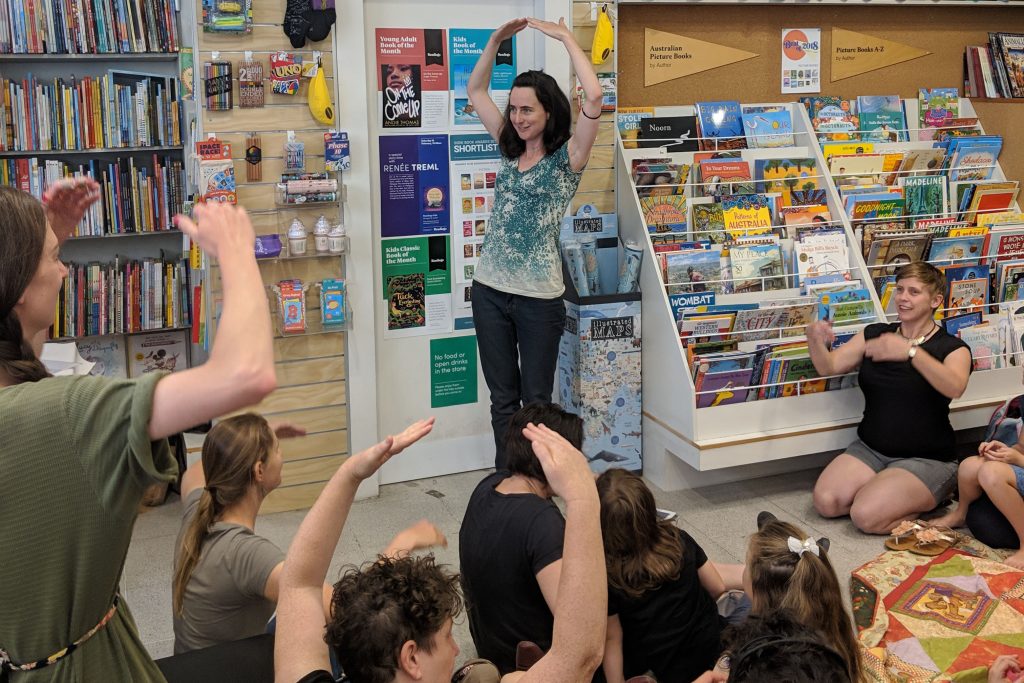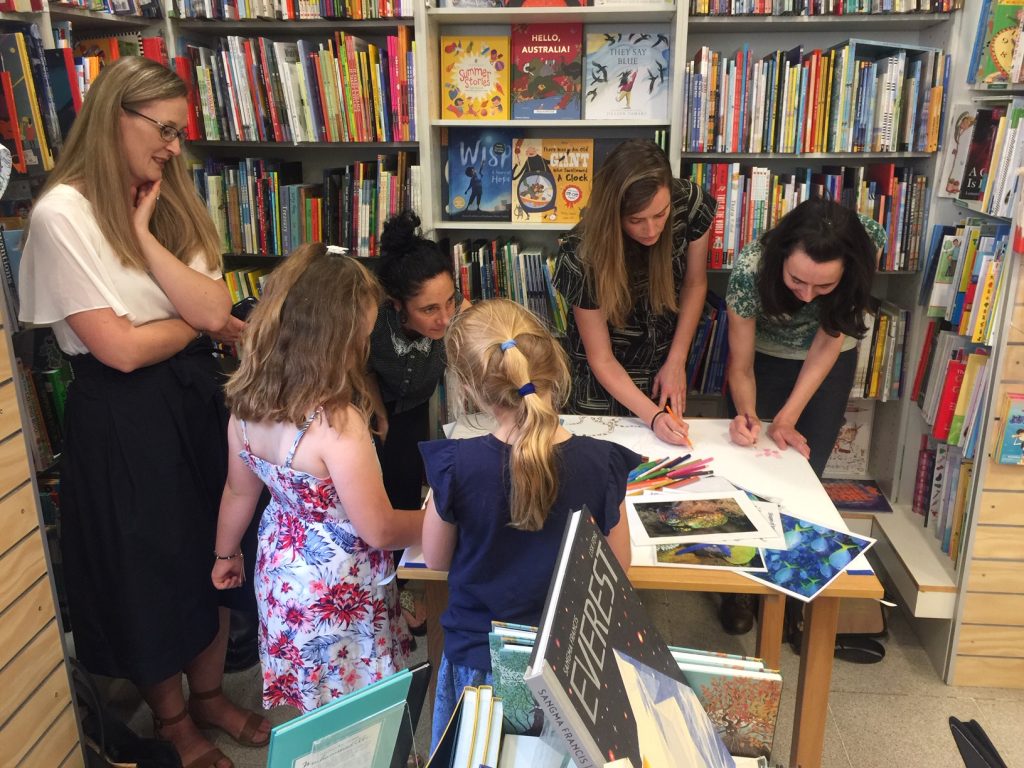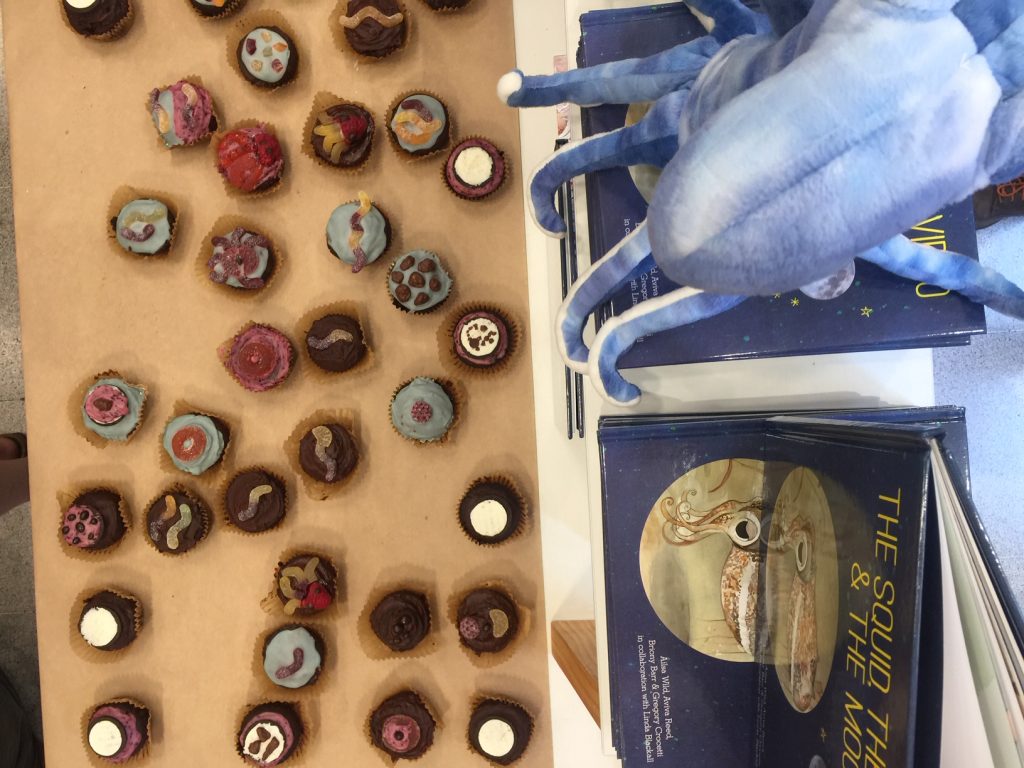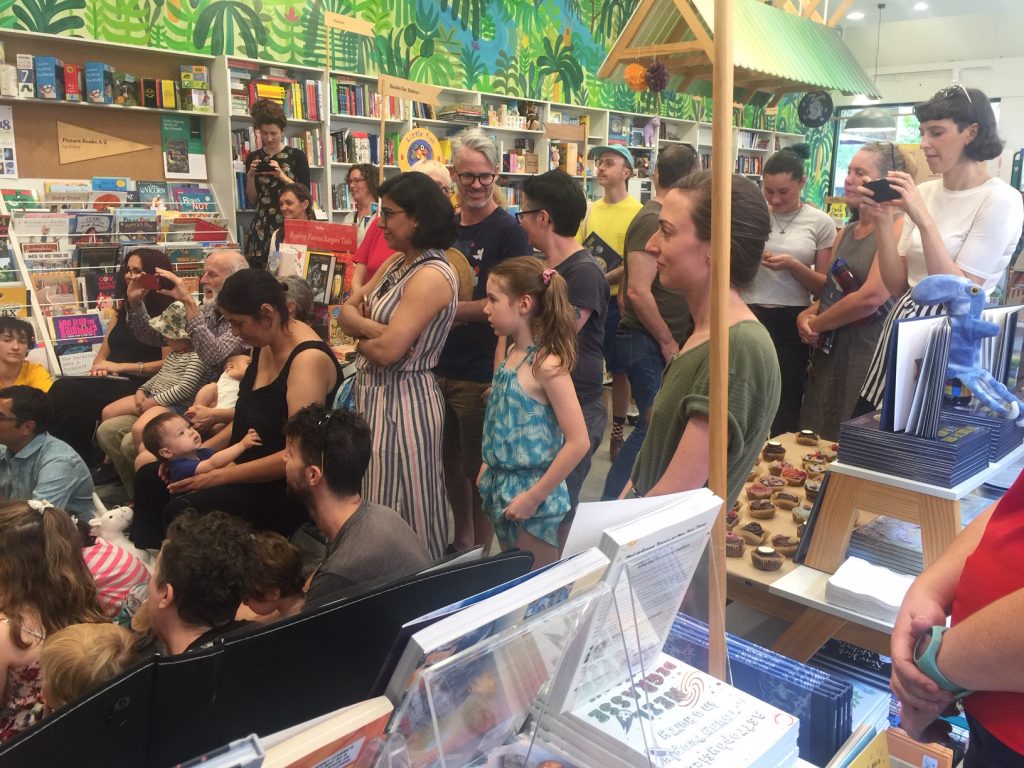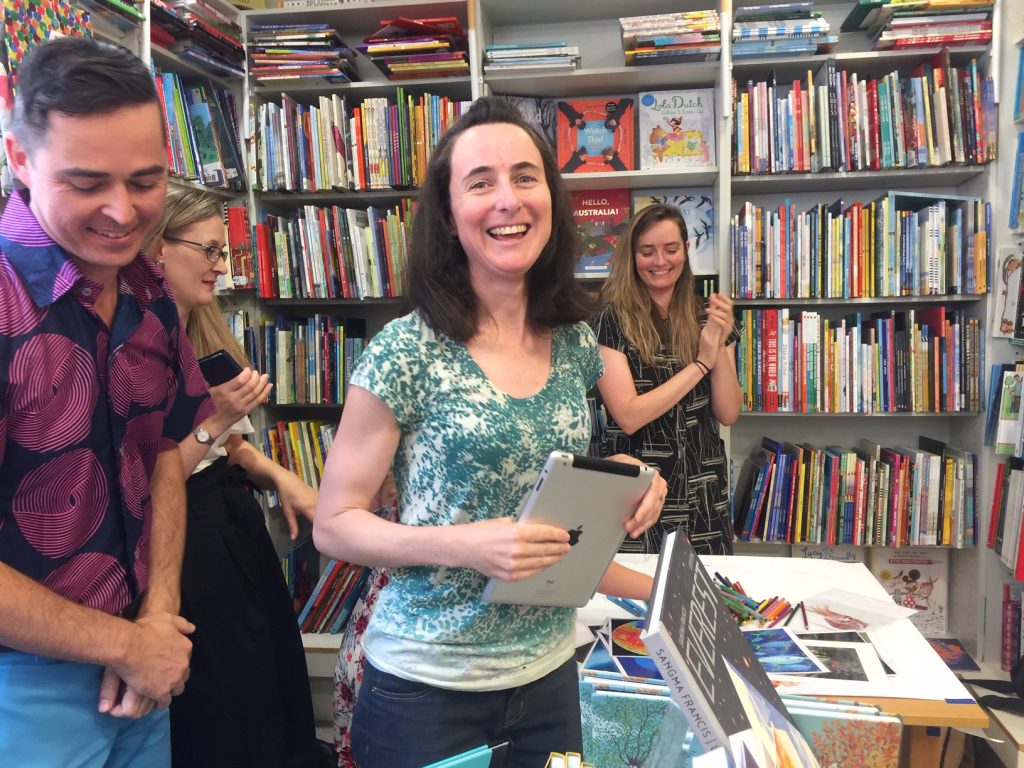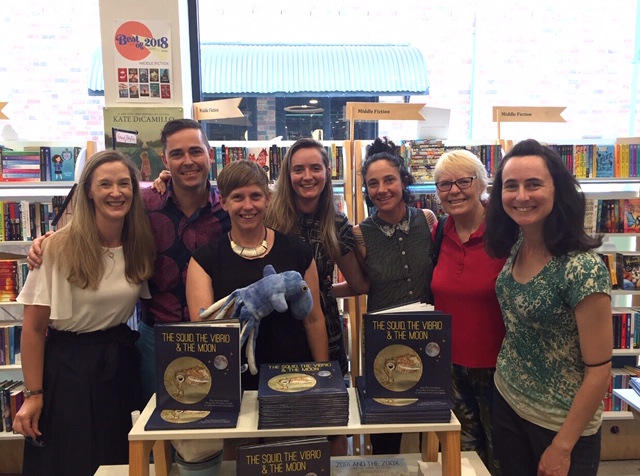The Squid, the Vibrio & the Moon: The Official Book Launch Speech by Kate Barnard
Thanks so much for inviting me here, it’s such an honour to be launching this book.
I’d like to echo what Ailsa said and also pay my respects to the traditional owners of this land. I was reflecting that Indigenous Australians were the first storytellers, AND the first scientists in this land. Aboriginal cultures have such a rich storytelling tradition. These stories are lessons that educate us about the relationship between the sky and the land, as well as how the universe functions around us.
So it seems extra fitting to pay respects to Indigenous Australians, their history and living cultures, given that we are here to celebrate a beautiful story that educates us about the science of symbiotic relationships.
As Ailsa mentioned, I manage Programs at Scienceworks which is part of Museums Victoria.
Has anyone been to Scienceworks? Scienceworks is all about engaging people with science, creating experiences and spaces for people to play, finding ways to give people an ‘in’ into science.
Giving people, especially children, an ‘in’ is so important. When I think about the value of this book to young readers, it would be easy to talk about the challenges Australia faces in getting children into STEM disciplines, particularly young women. For example we know that girls decide very early on if science is for them, and if they decide it’s not for them, that mindset persists. ⅔ of girls asked to draw a scientist drew a man. We know we don’t have enough STEM graduates, female or male, to meet industry needs.
But, you know, blah blah blah, I think many of us are already aware of these challenges, and sometimes I get a bit bored and depressed about it. What I’d really like to talk about now is this beautiful book that I think is of great value, and how it engages us.
I think there are three main ways The Squid, the Vibrio & the Moon engages us, and I’m going to enlist the story’s characters to help me illustrate them.
Who here has been lucky enough to read the book so far?
For those of you who haven’t, there are three main characters (which you can probably tell from the title):
Ali – a plucky Vibrio fischeri bacteria.
She’s so tiny she’s too small for humans to see without a microscope. Can everyone make this shape to represent Ali?
Sepio – a Hawaiian bobtail squid.
Can everyone make this shape to represent the Sepio the squid? We’re representing Sepio’s tentacles with our fingers.
The Moon – the Earth’s constant neighbour that shines gentle light on the world at night.
Can everyone make this shape to represent the Moon?
So I’m going to tell you three things I like about how the book engages us, inspired by the three main characters in the book:
- Takes science seriously (Ali)
For me, Ali represents the science that is part of this story which stretches across chemistry, biology, ecology and other sciences. This book takes science very seriously, and takes children’s intelligence seriously. Kids are really smart! I see this all the time in my work. The book doesn’t shy away from exploring complex concepts or using technical terms, but at the same time, if you’re unfamiliar with those concepts, you can still appreciate the story, and learn something about those concepts.
- Story and narrative (Sepio)
For me, Sepio represents the narrative and the journey – from his beginnings in the egg, emerging and finding his Vibrio fisheri friends, and evading predators. This narrative helps readers readers engage with science, and encourages us to think science is for us. This is a story book, and we’ve already talked about the value of stories for learning and culture. A narrative can take you on a journey. It engages our emotions as well as our academic brain, and we know that having people emotionally engaged results in better learning.
- Art (the Moon)
Finally, for me, the Moon in all its beauty represents art. Every page in this book shows a gorgeous image that is rich in scientific detail. It’s a way into the science. You can kind of get lost in the images which are beautiful in their own right.
It’s almost like a symbiotic relationship isn’t it? The art helps reveal beauty and scientific concepts. The science meanwhile, gives inspiration to the artist, and allows us to revel in creativity inspired by ting beings.
Taken all together: Symbiosis
One of my favourite lines in the book comes from the description of symbiosis. It says
The idea that life evolves through competition is only part of the story. Life is just as much about working together.
This is so true. At the risk of stretching a scientific metaphor too far, I think this is something we could probably all learn from. So the final thing I want to say about this book is that it itself is a symbiosis of science and storytelling and art, to the benefit of all three.
This is what I love about artists and writers, working together with scientists. They see the world and they share it with us, they interpret the beauty and complexity and invite us into knowledge and wonder.
This revised edition has been co-published by Scale Free Network and CSIRO Publishing, and I’d now like to declare The Squid, the Vibrio and the Moon officially launched!
Thank you.
